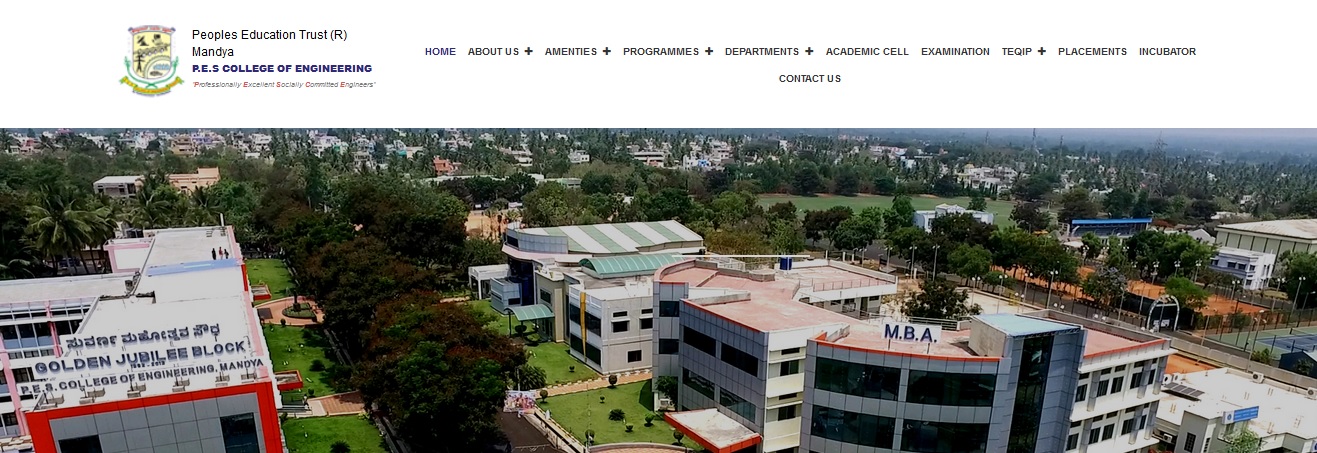Material Science and Metallurgy B.E Model Question Paper : pescemandya.org
Name of the College : P.E.S College of Engineering
University : Visvesvaraya Technological University
Department : Automobile Engineering
Subject Code/Name : Material Science and Metallurgy
Year : June 2010
Degree : B.E
Sem : IV
Website : pescemandya.org
Document Type : Model Question Paper
Download Model/Sample Question Paper : https://www.pdfquestion.in/uploads/pescemandya.org/4666-qp.pdf
PES Material Science & Metallurgy Question Paper
Fourth Semester B.E. Automobile Engineering Degree Examination, June 2010
Time: 3 Hrs
Max. Marks: 100
Related : P.E.S College of Engineering P08AU45 Computer Aided Machine Drawing B.E Model Question Paper : www.pdfquestion.in/4663.html
Note. Answer any Five Full questions selecting at least Two From each part
June 2010
PART -A :
1 a. Define coordination number & APF. 4 Marks
b. What are vacancies. How are they formed and explain the formation of Schottky and Frenkel defects. 6 Marks
c. Aluminum of lattice parameter of 0.405 nm has FCC crystal structure. Calculate its atomic radius. 4 Marks
d. Write Fick’s laws of diffusion and illustrate with examples. 6 Marks
2 a. Define i) Elastic strength ii) Stiffness iii) Resilience iv) Toughness v) Ductility vi) Malleability 6 Marks
b. Explain the properties applicable to non-linear elastic materials 6 Marks
c. Explain off-set Yield strength 3 Marks
d. Derive an expression for the true stress and True strain of a material in terms of Engineering stress and Engineering strain. 5 Marks

3 a. what are different types of fracture in metals. 6 Marks
b. How the fatigue strength and fatigue limit of materials are determined? 6 Marks
c. Define the term creep. Illustrate the phenomenon citing an example 8 Marks
4 a. Explain the following for production of fibre – reinforced plastics (FRPs) i) Spray – up process. ii) Pultrusion process. 12Marks
b. What are composite materials? Explain how they are involved in improving the quality. 8 Marks
PART -B :
5 a. Write a note on Gibb’s phase rule defining the various quantities in the equation and connected with it and also discuss which of those factors could constitute possible degrees of freedom of a system. 6Marks
b. Two metals A and B of melting points 1000 °C and 800°C possessing complete mutual liquid solubility and negligible mutual solid solubilities, and having no chemical affinity form a eutectic at 600°C of composition 60% B. No solid state reactions occur in the series.
Assume solidus and liquidus lines to be straight. Draw the phase diagram for the series. Predict the number, type, composition and extent of the phases present in an alloy containing 60% A at 700°C and at room temperature of 25°C. 14Marks
6. a Write a neat sketch of iron carbon equilibrium diagram and label the areas and explain the solidification of hyper eutectoid steels. 8 Marks
b. Distinguish between pearlite, Bainite, and martensite. 6 Marks
c. With a neat sketch explain T-T-T diagram. Indicate its use to a mechanical engineer in practice. 6 Marks
7 a What is meant by heat treatment of metals? What are the objectives of the heat treatment of metals? 4 Marks
b. Define cyaniding and nitriding. Discuss their purposes and advantages. 8 Marks
c. Describe Jominy End quench test for the determination of hardenability of steels. 8 Marks
8. a Compare grey cast iron. malleable iron and S.G iron in terms of the properties microstructures an applications. 12Marks
b. Explain the properties and uses of i) AI – Si alloys ii) . Phospher Bronze 8Marks
July 2010
PART A :
1. (a) Explain the different modes of heat transfer. (8 Marks)
(b) Derive the general heat conduction equation in cylindrical coordinates. (12 Marks)
2. (a) Explain :
i) Thermal conductivity ii) Thermal diffusivity (4 Marks)
(b) Derive expression for radial heat transfer and temperature distribution along the radius of a hollow cylinder whose inside and outside surfaces are maintained at steady state temperature Tl and T2 respectively and constant thermal conductivity. Also obtain expression for overall heat transfer co-efficient based on inner radius. (10 Marks)
(c) Derive an expression for critical thickness of insulation of a cylinder and explain the significance of critical thickness of insulation. (6 Marks)
3. (a) Derive an expression for temperature distribution and heat flow in a fin of finite length with an adiabatic end. (8 Marks)
(b) An electronic semi conductor device generates 38 x 10-3kcal/hr of heat. To keep the surface temperature at the upper safe limit of 75°0, it is desired that the generated heat should be dissipated to the surrounding environment which is at 30°0.
The task is accomplished by attaching aluminium fins 0.5mm2 square and 10mm to the surface. Workout the numbers of fins if thermal conductivity of fin material is 165kcal/m-nOK and the heat transfer co-efficient is 10.75kcal/m2nok. Neglect the heat loss from the tip of the fin.